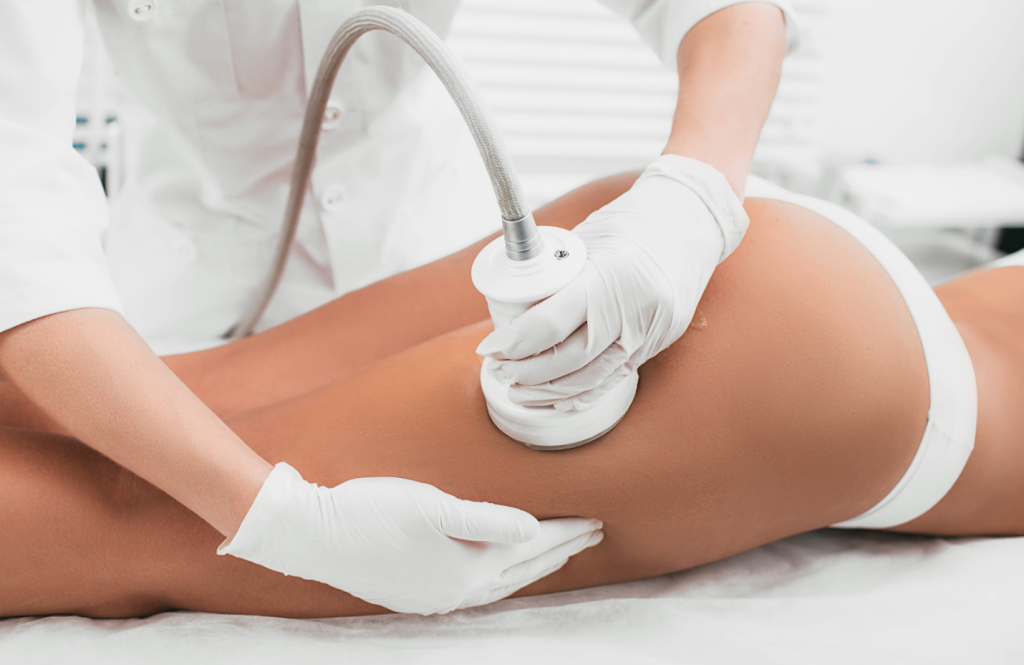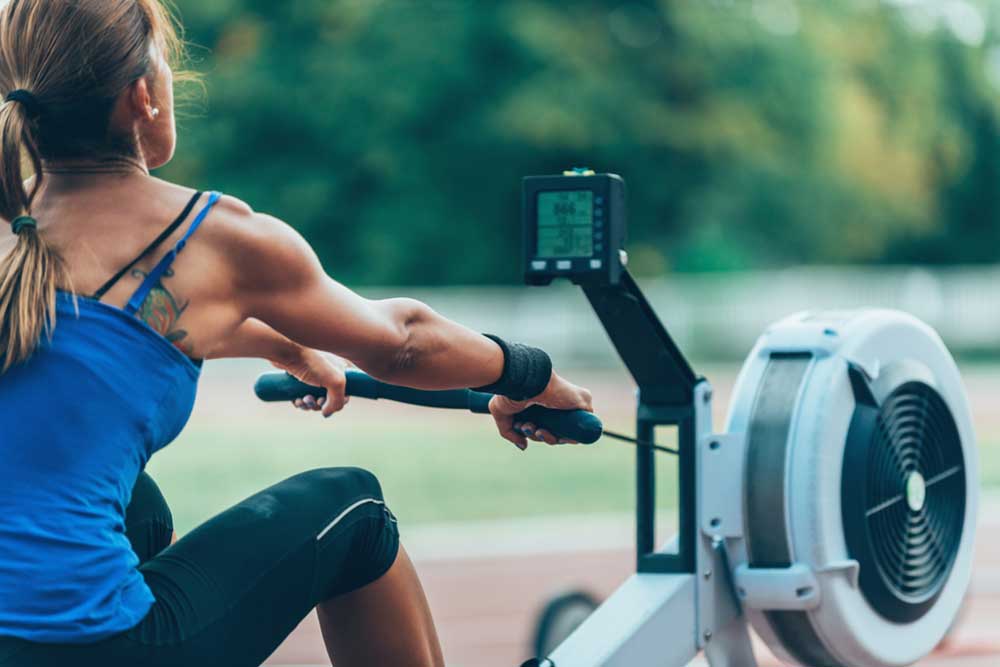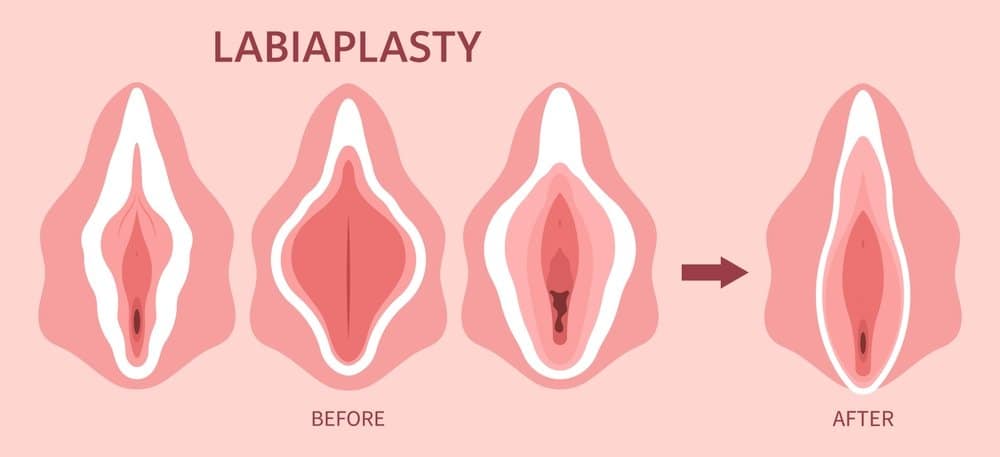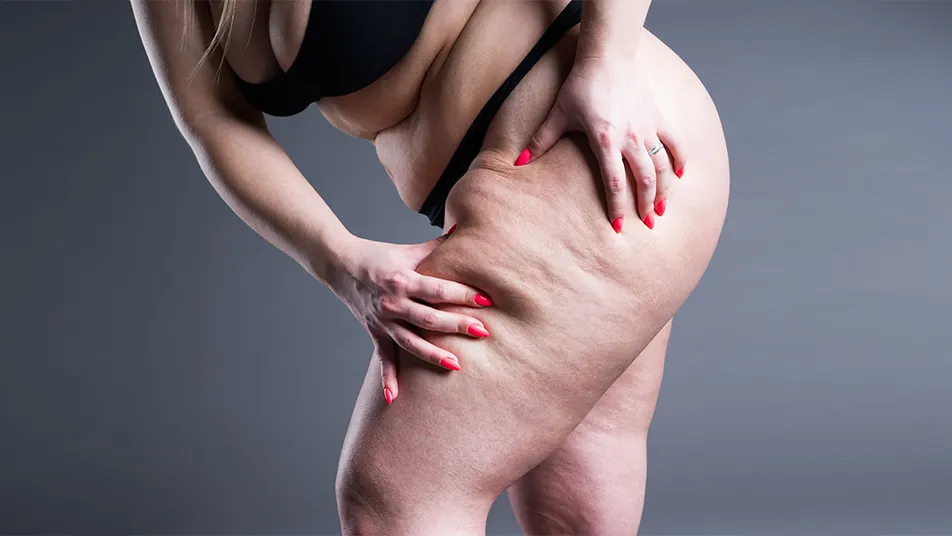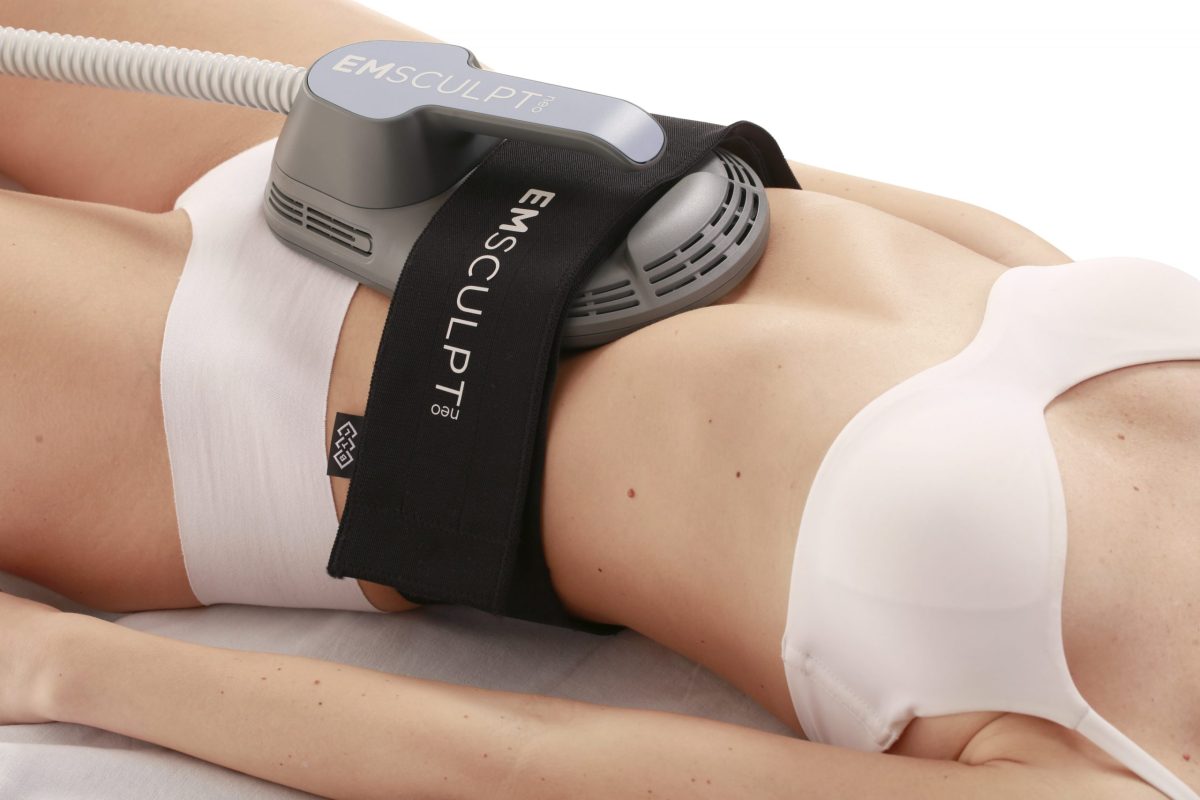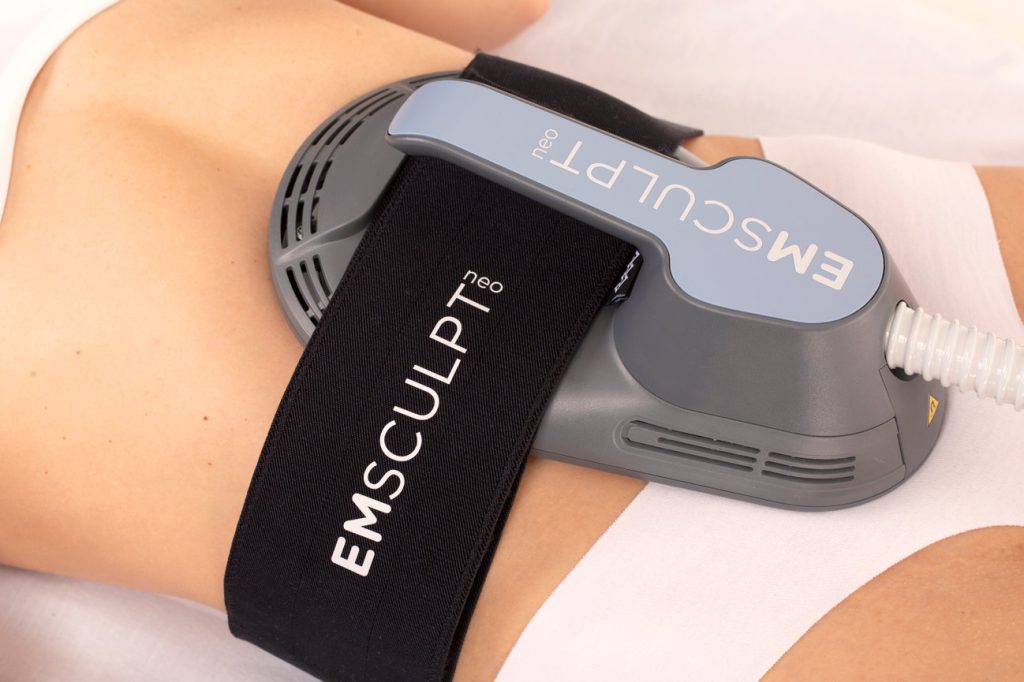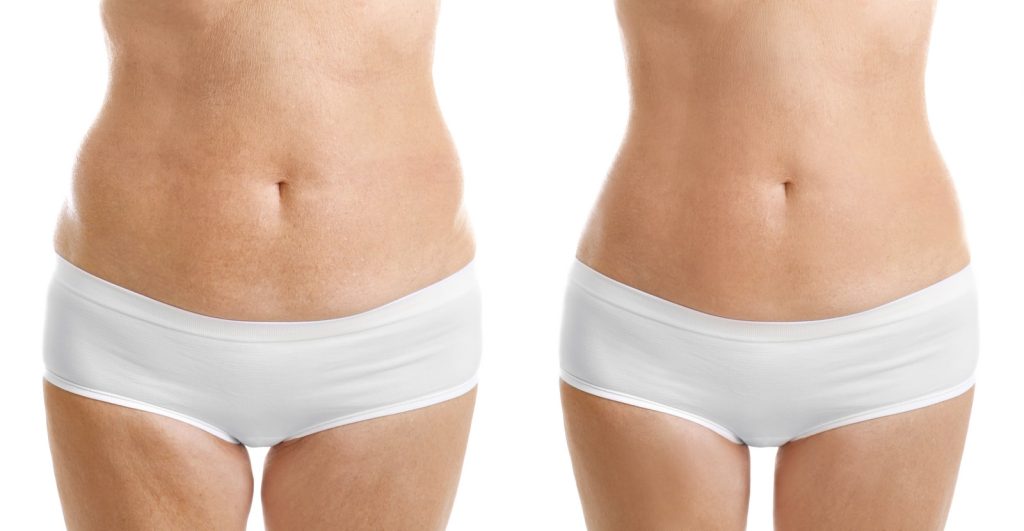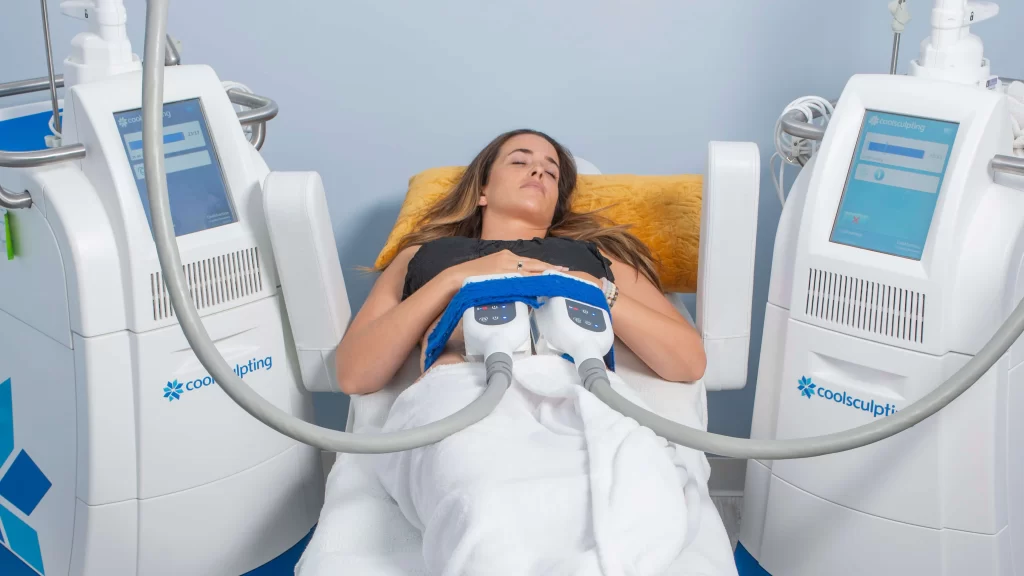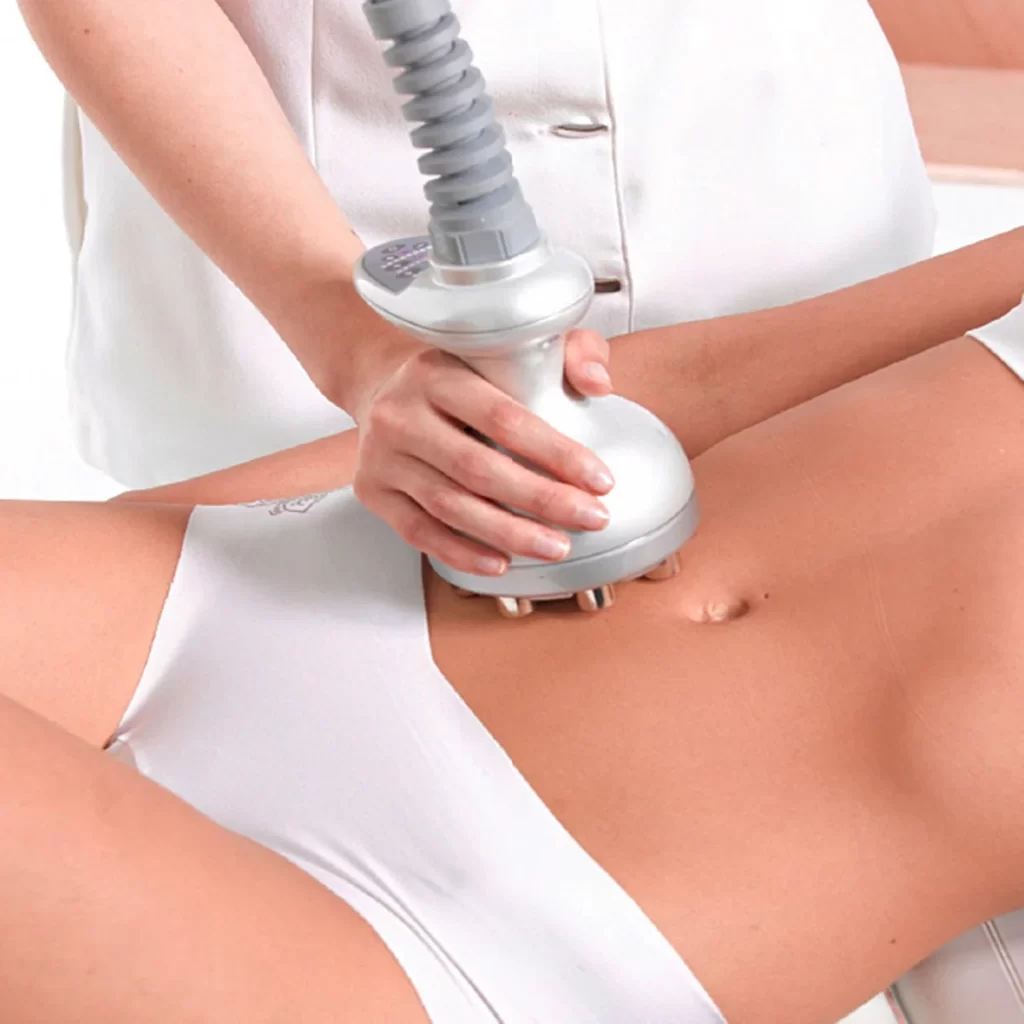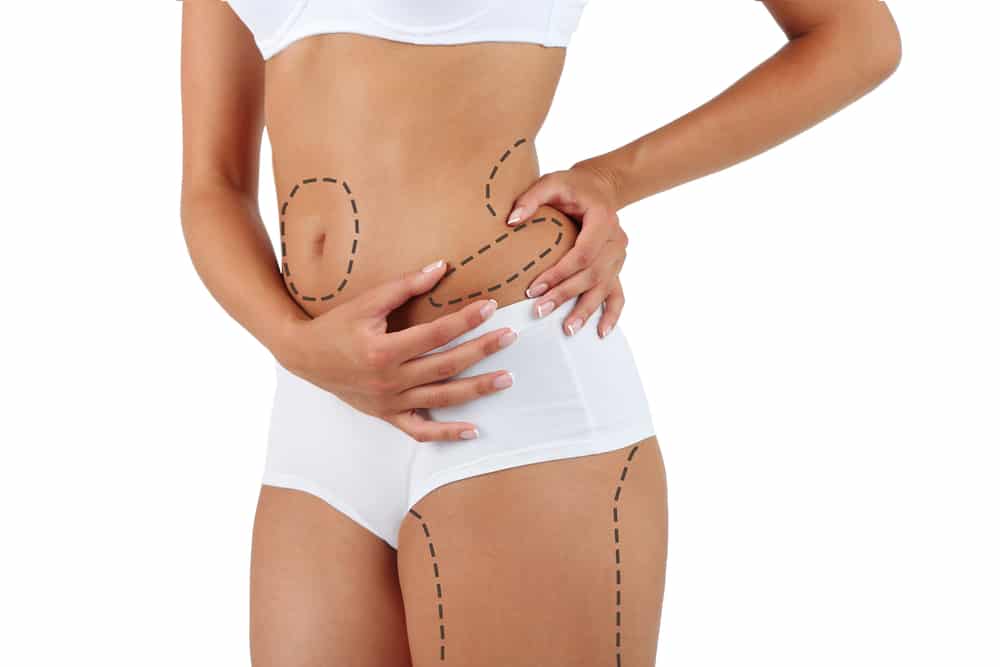A forehead lift, also known as a brow lift, is a popular cosmetic procedure in facial plastic surgery that smooths wrinkles and lifts sagging brows using a surgical method. Many wonder, ‘how painful is a forehead lift or endoscopic brow lifts?’ Understanding the pain level of brow surgery can help ease concerns day by day. Historically, this surgery has evolved from invasive techniques like the classic forehead lift procedure and coronal brow lift to more refined methods such as the nonsurgical brow lift procedure, reducing discomfort significantly while avoiding complications. Most patients report mild to moderate pain after the surgical brow lift procedure, manageable with medication for the head and invasive endoscopic brow lift.
Recovery from the brow lift procedure varies per individual but typically includes swelling and bruising on the head after a surgical brow lift. Knowing what to expect can make the process smoother. This post will explore brow pain factors, recovery tips, and personal experiences to help you decide if a forehead lift is right for you.
Understanding a Forehead Lift
Purpose
Forehead lifts aim to enhance facial appearance. They smooth the forehead and raise the eyebrows. This procedure also minimizes frown lines. Many people seek a more youthful look. A brow forehead lift can provide that by rejuvenating the upper face.
Surgical Methods
Two main surgical methods exist for forehead lifts. The classic forehead lift uses conventional techniques. Surgeons make incisions hidden in the hairline. This method allows for lifting and repositioning the brow and head skin effectively.
The second method is the endoscopic forehead lift. It involves smaller incisions and uses an endoscope, which is a thin tube with a camera in the brow lift procedure for a surgical brow lift on the head. Surgeons insert this tube through small cuts in the scalp during a brow lift procedure for a surgical brow lift on the head. This technique reduces scarring and recovery time.
Both techniques have their advantages. The classic brow lift procedure offers more direct access to deeper head tissues. The endoscopic method provides less trauma to surrounding areas.
Results
Both forehead lift procedures achieve similar results. Patients experience smoother skin and a more animated appearance. They often notice significant improvements in their overall look. Eyebrows appear higher, and frown lines diminish.
A typical brow lift shares similar goals with a forehead lift. Both procedures enhance facial aesthetics and improve self-confidence.
Avoiding Complications
Every surgical procedure carries risks. Surgeons take steps to ensure safety during forehead lifts. Proper patient selection plays a critical role in avoiding complications in the brow lift procedure.
Surgeons assess medical history before proceeding. They discuss potential risks with patients, such as infection or scarring, especially in relation to a brow lift. Following post-operative care instructions helps reduce these risks.
Patients should choose experienced surgeons for their procedures. An expert can navigate challenges effectively and minimize complications.
Ideal Candidates for a Forehead Lift
Age Range
Individuals aged 40 to 60 often seek forehead lifts. This group wants to reduce visible signs of aging. They may notice horizontal forehead lines and drooping eyebrows. These changes, like a brow lift, can make a person look tired or stressed. A forehead lift can help create a smoother brow and enhance overall facial appearance.
Common Conditions
Good candidates include those with stress-related furrows. Some people inherit conditions like low brows or long foreheads. These features can contribute to an aged look. A forehead lift addresses these issues effectively. It tightens the forehead tissues and raises the brow, which improves facial harmony.
Compatibility with Other Procedures
Forehead lifts often complement other facial plastic surgeries. Many patients choose to combine this procedure with brow facelifts or eyelid surgeries. This combination can enhance results significantly. Eyelid surgery removes excess skin around the eyes and brow, while a facelift tightens sagging skin on the face and neck. Together, they provide a more youthful appearance.
Nonsurgical Options
For those hesitant about surgery, nonsurgical brow lift options exist. These alternatives can also smooth out forehead lines and provide a brow lift without significant downtime. Injectable treatments like Botox can temporarily relax muscles that cause frown lines and forehead furrows, offering a subtle brow lift. Patients should discuss these options, including a brow lift, with their surgeon to determine the best approach for their needs.
Procedure Expectations
Classic forehead lift patients can expect certain outcomes. The surgery typically involves making incisions along the hairline or in the forehead area for a brow lift. Surgeons then remove excess skin and adjust underlying tissues. Endoscopic forehead lift patients experience less scarring due to smaller incisions and quicker recovery times.
Results Over Time
Results from a forehead lift become apparent as swelling decreases. Most patients see improvements within weeks after surgery. However, full results may take several months to settle in completely. Patients should maintain realistic expectations regarding their brow lift recovery and results.
Surgery Risks and Uncertainties
Rare Complications
Forehead lift surgery carries certain risks. Some complications are rare but can occur. Nerve injuries may happen during the procedure. These injuries can affect eyebrow movement, leading to asymmetry. Patients might experience difficulty raising their eyebrows or frowning.
Broad scar formation is another concern. Scars may be more visible than expected. Proper placement of incisions can help minimize this risk. However, some individuals may still develop wider scars despite careful techniques.
Hair Loss and Sensation Changes
Hair loss along the edges of the scars can also occur. This happens due to trauma from the surgery. Patients may notice thinning hair in those areas after healing. It’s important to have realistic expectations about hair regrowth.
Loss of sensation along the incision line is possible too. Some patients report numbness or tingling in that area. These sensations may improve over time, but they can persist in some cases.
Infection and Bleeding
Infection is a rare but serious risk associated with forehead lifts. Signs of infection include redness, swelling, and discharge at the incision site. If an infection occurs, it may require additional treatment or antibiotics.
Bleeding during or after surgery is another potential complication. Excessive bleeding can lead to hematomas, which are collections of blood outside blood vessels. In severe cases, this may necessitate a return to the operating room to address the issue.
Procedure Adjustments
Surgeons sometimes need to switch from an endoscopic to an open procedure during surgery. This change can happen if they encounter unexpected issues while operating. An open procedure involves larger incisions and may increase recovery time.
Patients should follow all instructions provided by their surgeon before and after surgery. Adhering to these guidelines helps reduce risks and promotes better healing.
Planning and Preparing for Surgery
Consultation Importance
A thorough evaluation is essential. Patients must meet with their plastic surgeon to discuss their goals. The doctor will assess the facial structure and skin condition. This helps in planning the best approach for a forehead lift.
Surgeons need detailed information about the patient’s medical history. Previous surgeries can affect recovery and results. Patients should disclose any past issues, especially those related to anesthesia or healing.
Medical History
Patients must be honest about their health. Discussing smoking habits is important as it impacts healing. Nicotine can slow down blood flow, leading to complications. Medications also play a crucial role in surgery planning. Some drugs can increase bleeding risks or interfere with anesthesia.
The surgeon will ask about current medications and supplements. This includes over-the-counter drugs like aspirin or herbal remedies. These can affect the surgery’s outcome and recovery time.
Surgical Techniques
During the consultation, patients should discuss surgical techniques. Different methods exist for forehead lifts, including endoscopic approaches. Each has its own benefits and risks. Understanding these options helps patients make informed decisions.
Anesthesia types will also be discussed. Local anesthesia may be used for minor procedures, while general anesthesia is common for more extensive surgeries. Knowing what to expect reduces anxiety on the day of surgery.

Facility and Care
Patients should inquire about the facility where the surgery will take place. A licensed hospital or accredited surgical center ensures safety standards are met. The environment should be clean and equipped for emergencies.
After discussing the procedure, patients should understand post-operative care guidelines. Bandages may be applied to minimize swelling and support healing. Surgeons provide instructions on how to care for the area after surgery.
Risks and Costs
Every surgical procedure carries risks. Potential complications include infection, scarring, or dissatisfaction with appearance. Discussing these risks openly with the surgeon is vital.
Costs vary based on several factors, including location and technique used. Patients should clarify all expenses upfront to avoid surprises later.
Anesthesia Used in the Procedure
Types of Anesthesia
Surgeons often use general anesthesia or local anesthesia with sedation for a forehead lift. General anesthesia puts the patient completely to sleep. Local anesthesia numbs only the forehead area while the patient remains awake or lightly sedated.
The choice of anesthesia depends on several factors. These include the patient’s overall health and the surgeon’s recommendation. Patients with certain health issues may not be suitable for general anesthesia. Surgeons assess each case before making a decision.
Role of Anesthesia
Anesthesia plays a crucial role in ensuring patient comfort during surgery. It helps manage pain effectively. Patients often experience numbness in the forehead area after receiving local anesthesia. This numbness allows surgeons to perform the procedure without causing discomfort.
Surgeons apply gauze and elastic bandages after completing the surgery. These materials help support the forehead and reduce swelling. The use of these items also aids in recovery. Patients typically feel more relaxed knowing that anesthesia will minimize pain.
Recovery and Side Effects
Patients may experience some side effects from anesthesia. Common effects can include drowsiness, nausea, or headaches. Most side effects are temporary and resolve quickly.
Nerves may take time to recover from the effects of local anesthesia. Full sensation usually returns within a few hours after surgery. Surgeons provide detailed instructions for post-operative care, including how to manage any discomfort.
Importance of Communication
Communication between patients and surgeons is vital during this process. Patients should discuss their medical history openly. This information helps surgeons choose the safest method of anesthesia.
Surgeons also explain what to expect during and after the procedure. Understanding the role of anesthesia can ease anxiety about surgery.
The Surgical Process
Conventional Method
Surgeons often use the conventional method for a forehead lift. This technique involves making incisions behind the hairline. The surgeon pulls back the skin to tighten it and remove excess tissue. This approach helps to smooth out furrowing and reduce sagging. The incisions are placed in a way that minimizes visible scarring.
During this procedure, surgeons carefully plan the incision line. They aim to ensure that it follows the natural contours of the scalp. This helps conceal the scars after healing. The operation usually lasts between one to two hours, depending on the complexity.
Endoscopic Method
The endoscopic method has become popular due to its minimal invasiveness. Surgeons create short scalp incisions instead of larger ones. They insert an endoscope through these small openings. An endoscope is a thin tube with a camera that allows surgeons to see inside without making large cuts.
This technique provides several benefits. It reduces recovery time and minimizes discomfort. The small incisions also lead to less noticeable scars. Surgeons can still achieve effective results, such as lifting the brow and smoothing wrinkles.
Duration of Surgery
Both methods typically require about one to two hours for completion. The actual time depends on individual factors like the patient’s condition and specific goals. Surgeons prepare for potential complications, which may extend surgery time.
Patients should understand what to expect during this timeframe. They may feel some anxiety, but anesthesia helps manage pain during the operation. After surgery, patients can expect swelling and bruising as part of recovery.
Post-Operative Care
After undergoing cosmetic facial surgery, following post-operative care is crucial. Surgeons provide detailed instructions for recovery. Patients should rest and avoid strenuous activities for several weeks.
Pain management is essential during recovery. Doctors may prescribe medications or recommend over-the-counter options. Keeping the head elevated can help reduce swelling as well.
Post-Surgery Experience
Recovery Timeline
Patients often experience noticeable swelling and bruising after a forehead lift. This typically occurs around the forehead and eyes. These effects can last for several days. Most patients report that the swelling peaks within 48 hours. Discomfort is common during this time, but it usually decreases after the initial recovery period.
Stitches are generally removed between 7 to 10 days post-surgery. This timeline allows for proper healing of the skin. Many patients can return to normal activities within 10 to 14 days. However, some may need more time depending on their individual healing process.
Pain Management
Pain levels vary among patients. Some report mild discomfort, while others may feel more intense sensations. Doctors often prescribe pain medication to help manage this. Patients should follow their doctor’s instructions regarding medication use.
Cold compresses can significantly aid in reducing both swelling and discomfort. Applying them gently around the forehead and eyes helps numb the area. Keeping the head elevated also plays a crucial role in minimizing swelling. Using extra pillows at night can provide comfort and promote better drainage of fluids.
Sensation Changes
After surgery, some patients notice changes in sensation around the forehead area. Numbness or tingling may occur as nerves begin to heal. This sensation usually improves over time. Full recovery of sensation can take several weeks to months.
Patients often have questions about their recovery experience. They might wonder about how long these effects will last or if they are normal. Consulting with a healthcare provider can provide reassurance and clarity regarding any concerns.
Emotional Effects
The emotional aspect of recovery is significant as well. Many patients feel anxious during this period due to visible changes in appearance. Support from family and friends can help ease these feelings. Understanding that bruising and swelling are temporary can also provide comfort.
Maintaining a positive outlook is essential during recovery. Keeping expectations realistic about results helps in managing emotions post-surgery.
Resuming Daily Activities
Recovery Timeline
Recovery after a forehead lift varies for each person. Most people can return to light activities within a week. However, strenuous activities should be avoided for at least two to three weeks. This includes heavy lifting and intense workouts. Following the surgeon’s advice is crucial during this period.
Gradually reintroducing physical activities helps ensure proper healing. Start with gentle movements before progressing to more demanding exercises. Each person’s recovery timeline may differ, but listening to your body is essential.
Follow-Up Appointments
Follow-up appointments play a vital role in the recovery process. These visits allow the surgeon to monitor healing and address any concerns. Typically, the first appointment occurs about one week after surgery. Additional check-ups may follow as needed.
Patients often experience some itching or discomfort during recovery. Discussing these sensations with the surgeon can help ease worries. Regular communication ensures that any potential problems are addressed promptly.
Activity Restrictions
Certain activities can pose risks during recovery. Strenuous exercise raises blood pressure, which may lead to complications. Activities like jogging, weightlifting, or contact sports should be postponed until cleared by the surgeon.
People should also avoid bending over or straining for several weeks. This can increase swelling and delay healing. Keeping the head elevated while resting can help reduce discomfort and promote better circulation.
Goals for Healing
Setting realistic goals for recovery is important. Many people aim to return to their normal routines quickly. However, patience is key for optimal results. The skin needs time to heal properly after a forehead lift.
Aiming for gradual improvement helps manage expectations. Full recovery may take several months, but most people notice significant changes within weeks. The appearance of fine lines and wrinkles may improve as swelling subsides.
Common Problems
e common problems during recovery include swelling, bruising, and tightness in the forehead area. These symptoms typically decrease over time. If issues persist or worsen, patients should consult their surgeon immediately.
Being aware of potential complications can aid in early detection and treatment. Understanding what is normal versus what requires attention is crucial for peace of mind.
Closing Thoughts
Understanding the pain level of a forehead lift can help you make informed decisions. While discomfort is part of the recovery, many find it manageable with proper care. Knowing what to expect eases anxiety and sets realistic expectations.
If you’re considering this procedure, weigh your options carefully. Consult with a qualified surgeon to discuss your concerns and desires. Your journey to a refreshed appearance starts with the right information. Don’t hesitate—take the first step toward enhancing your confidence today!
Frequently Asked Questions
How painful is a forehead lift?
Pain levels vary by individual. Most patients report mild to moderate discomfort, manageable with prescribed pain relief.
What is the recovery time after a forehead lift?
Recovery typically takes 1 to 2 weeks. Swelling and bruising may last longer, but most people return to normal activities within two weeks.
Are there any risks associated with a forehead lift?
Yes, potential risks include infection, scarring, and changes in sensation. Discuss these with your surgeon to understand your specific situation.
How long do the results of a forehead lift last?
Results can last 10 years or more, depending on factors like age and skin quality. A healthy lifestyle can help maintain results.
Will I need anesthesia for the procedure?
Yes, a forehead lift usually requires anesthesia. Options include local anesthesia with sedation or general anesthesia, depending on the surgical plan.
Can I resume work immediately after surgery?
Most patients can return to work within 1 to 2 weeks. However, strenuous activities should be avoided for at least 4 weeks post-surgery.
Who is an ideal candidate for a forehead lift?
Ideal candidates are individuals with sagging brows or deep frown lines seeking a more youthful appearance. Consultation with a qualified surgeon is essential to determine suitability.





